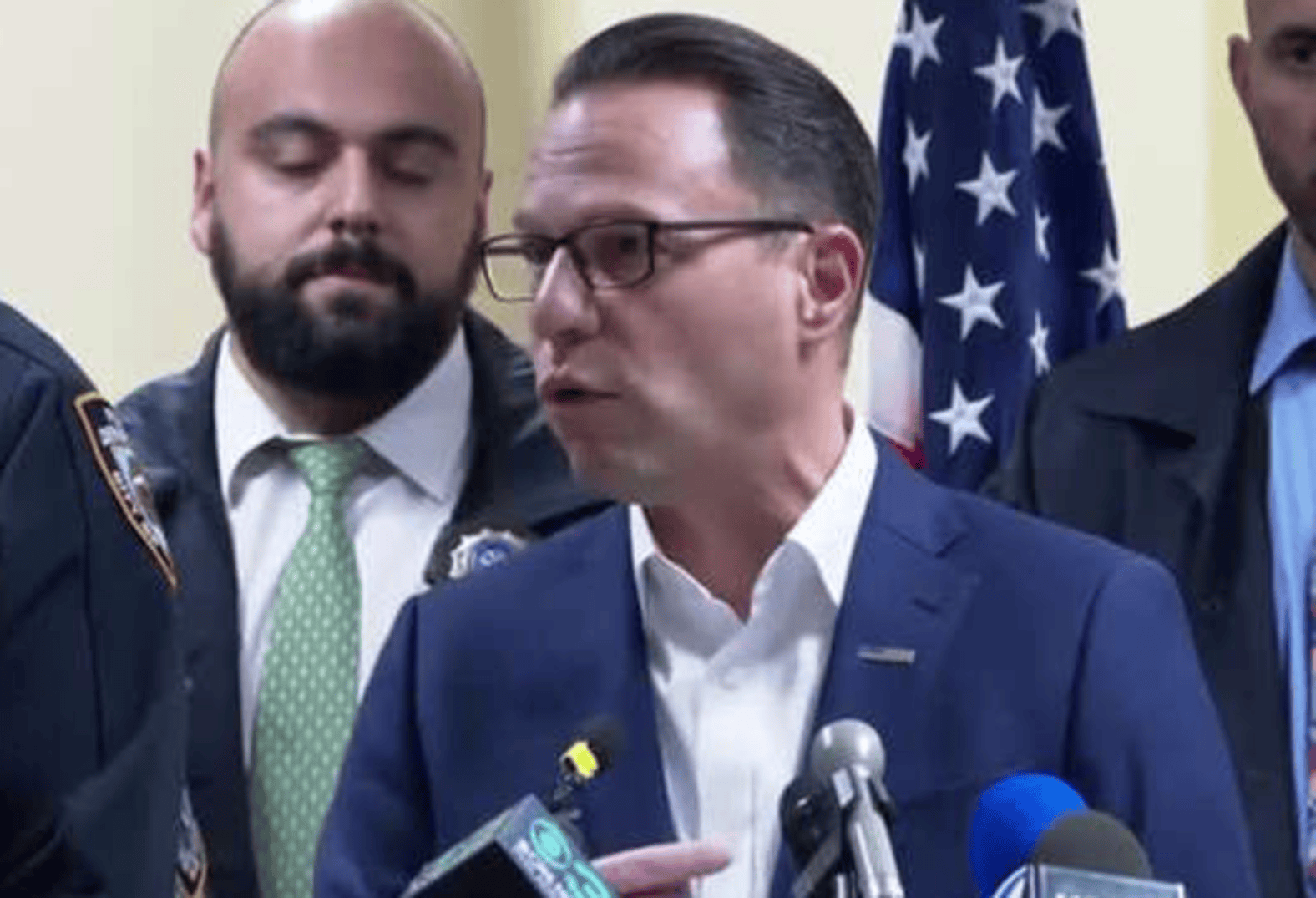
Trump Holds 5% Lead in Key States. Trump Holds Lead in Key Battleground States
Poll Results Overview
Recent polling data reveals critical insights into the evolving dynamics of the upcoming presidential election. According to the latest New York Times/Siena College survey, former President Donald Trump is leading Vice President Kamala Harris in three essential battleground states: Arizona, Georgia, and North Carolina. These states are vital in determining the overall outcome of the election, making the polling results particularly significant.In Arizona, Trump garnered 50% of the likely voter support, compared to Harris’s 45%. This five-point lead reflects a solid backing from his base, indicating that his messages resonate well with voters in the state. Similarly, in Georgia, the poll shows Trump ahead by four points, with a score of 49% against Harris’s 45%. This close margin underscores the competitive nature of the race, as both candidates vie for the critical electoral votes Georgia offers.
The two-point gap indicates a potential opportunity for Harris to close the distance, especially as her campaign works to mobilize support among younger voters and minority groups. These results highlight the importance of targeted outreach and effective messaging.

Importance of Swing States
Trump’s Comeback Attempt
Harris’s Role in the Race
Recent Controversies
Polling Methodology
Voter Sentiment and Trends
Implications for the Election
The Road Ahead
As the presidential election approaches, both candidates face a crucial path filled with challenges and opportunities. For Donald Trump, maintaining his lead in key battleground states is essential. His campaign will likely focus on rallying his base while attempting to sway undecided voters. This strategy could enhance his appeal, especially in areas where economic issues dominate.Kamala Harris, on the other hand, must galvanize support among diverse demographic groups. Her campaign will aim to energize young voters, women, and communities of color. Building coalitions that transcend traditional party lines will be critical for her success. Harris will need to highlight her policy proposals and articulate a clear vision for the future, differentiating herself from Trump’s approach.
Debates and public appearances will be pivotal in shaping voter perceptions. Both candidates will need to prepare rigorously to articulate their positions effectively. The way they respond to pressing issues, such as healthcare, education, and social justice, could sway undecided voters. Additionally, leveraging social media platforms will play a significant role in reaching younger audiences and amplifying their messages.
Moreover, external factors like economic trends and global events will influence the election landscape. Candidates must remain adaptable and responsive to changes in voter sentiment. Addressing current events in their messaging can demonstrate relevance and responsiveness, which are crucial in today’s fast-paced environment.
In summary, the road ahead for both Trump and Harris is fraught with challenges but also ripe with potential. As the election date nears, effective strategies, clear communication, and the ability to connect with voters will determine their fates. The outcome remains uncertain, but both candidates are preparing for a significant showdown that could shape the future of the nation.







